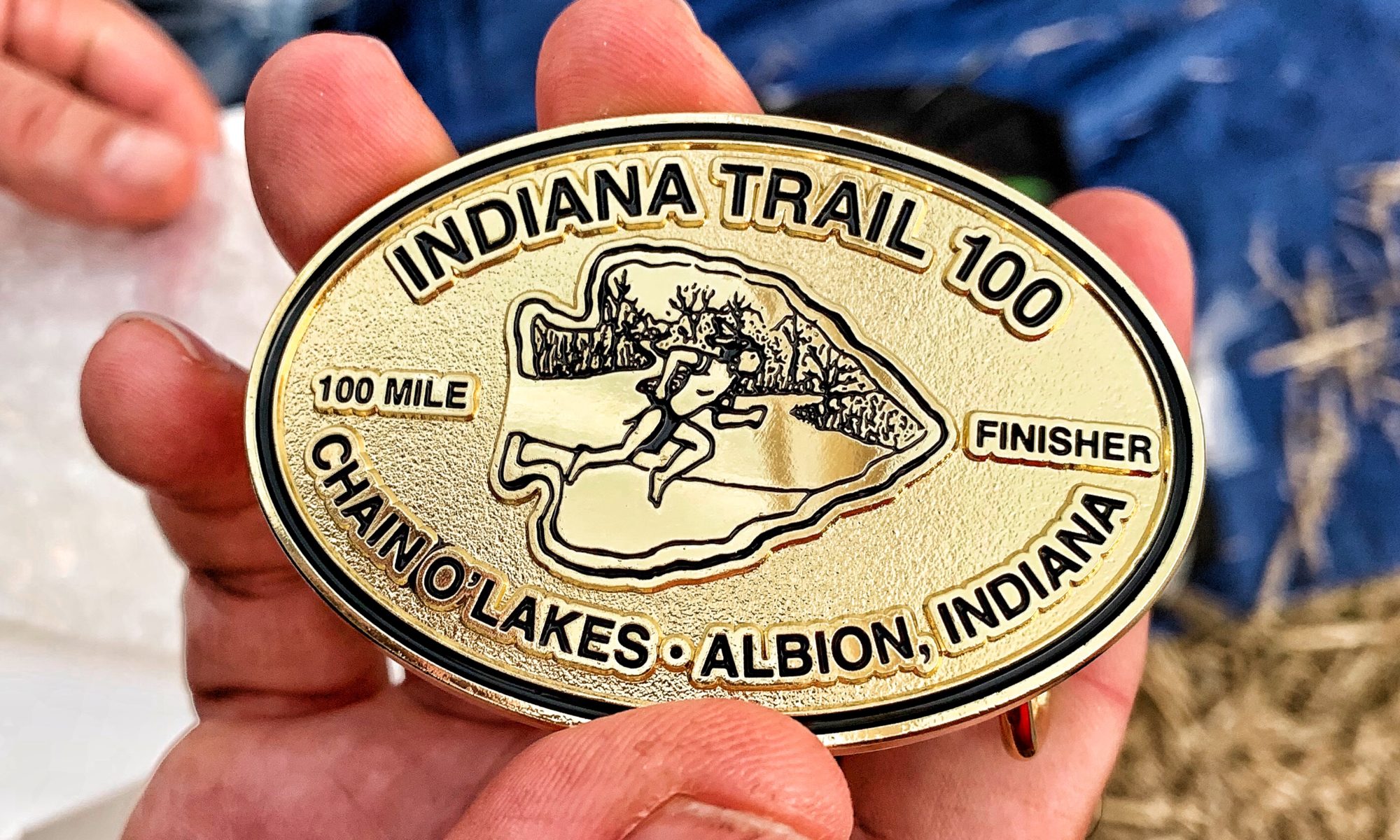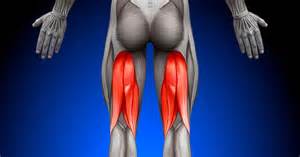Stop Running
As runners, we really get to know our bodies, so what I am saying here is if you feel something “go wrong”, more then just a quick twinge or soreness, stop immediately and assess the situation. If you feel like you have a niggle that will alter your gait or form, walk it in. I hear a lot of stories where someone starts with a small tweak that alters their gait and the next thing you know they have multiple niggles or an injury because they are stressing muscles differently due to changing their form. This can turn a one week niggle in to a six or eight week injury!
Rest
You have to listen to your body, you know if you are sore or injured, and there is a difference. You know when you are tired and need rest. In fact, schedule rest in to your training so that it is part of the program. The day after you walked it in, assess and if you need to rest so that you can get back to a point where you run with your normal gait and form, then do it. Remember, most likely you can do other things while you are resting, such as walking or riding a stationary bike. Depending on the injury, you can do some other types of training to stay fit and engaged.
Start Slowly
Once you are feeling better, start your running back slowly. Plan your first run and week back to make sure that you go out slow and easy and then if you are feeling good, incrementally increase your work load after each run. Keep the miles low and then increase them slowly, no more then 10% per week until you work your way back to your normal routine; injury free.
Focus on Form
Since you will be running slowly anyway, it’s a great time to focus on your running form to make sure that you are running efficiently and in a way that minimizes risk of injury. I suggest a book called Chi Running by Danny and Katherine Dreyer. This form has worked well for me and, knock on wood; I have not had a serious injury since I started running.
Get Help
Finally, if the pain persists after rest and you cannot seem to get back on track, stop running and go see a physical therapist or physician. I know a lot of people are scared to hear what could be wrong, but it’s much better to find out and maybe prevent a very serious injury, then to get seriously injured and find out later. You are going to end up in the same place anyway, so you might as well end up there BEFORE you are in real trouble!
I hope that this post and this blog helps you achieve your dreams! To receive new post notifications, newsletters, and post previews, please SUBSCRIBE!
For behind the scenes photos and comments on my training and personal life, follow me on Instagram: joe_the_runner Strava: Joe Randene
Questions, comments, feedback? Please leave them in the comments section BELOW and we can have a discussion!


